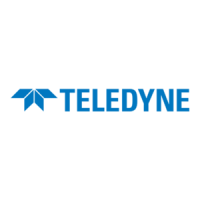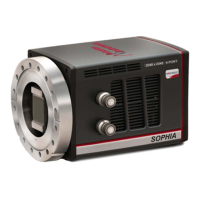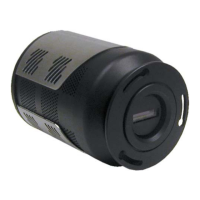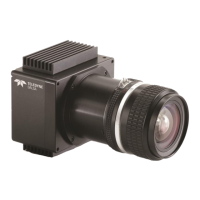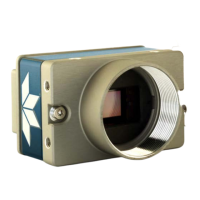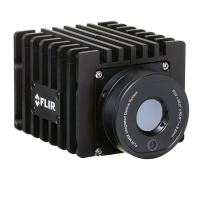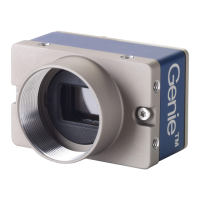What to do if Teledyne Digital Camera alarm sounds repetitively?
- TtoddmollyAug 1, 2025
If the Teledyne Digital Camera alarm sounds repetitively, immediately reduce the light entering the camera by switching the I.I.T. switch on the back of the PI-MAX3 to OFF until you lower the source illumination. You can decrease the lens aperture or completely block the light into the camera window with a lens cap until the light level has been lowered. If the alarm continues even when the illumination level is low, switch the I.I.T. to OFF, turn off the PI-MAX3 power supply, and then contact the factory.


